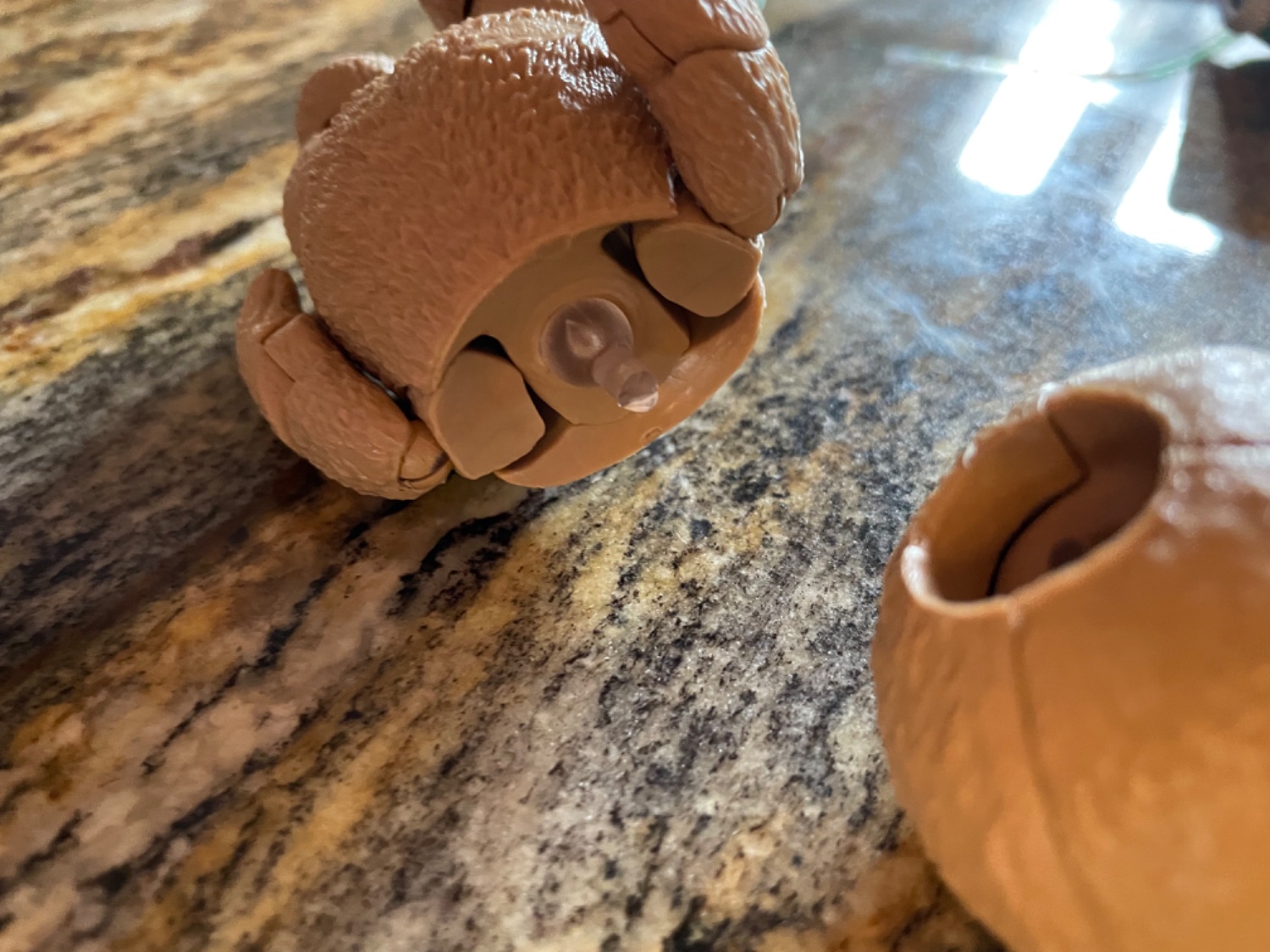this post was submitted on 27 Jan 2024
114 points (95.2% liked)
Asklemmy
43940 readers
561 users here now
A loosely moderated place to ask open-ended questions
If your post meets the following criteria, it's welcome here!
- Open-ended question
- Not offensive: at this point, we do not have the bandwidth to moderate overtly political discussions. Assume best intent and be excellent to each other.
- Not regarding using or support for Lemmy: context, see the list of support communities and tools for finding communities below
- Not ad nauseam inducing: please make sure it is a question that would be new to most members
- An actual topic of discussion
Looking for support?
Looking for a community?
- Lemmyverse: community search
- sub.rehab: maps old subreddits to fediverse options, marks official as such
- [email protected]: a community for finding communities
~Icon~ ~by~ ~@Double_[email protected]~
founded 5 years ago
MODERATORS
you are viewing a single comment's thread
view the rest of the comments
view the rest of the comments

I use a tiny drill bit to make a hole in the centre of either side of the damaged joint, then cut a piece of metal tubing (hobby shops sell them) or a piece of plastic such as filament from a 3D printer (getting a ~1cm piece of PLA from your local library is probably free) to use as a pin to fit into the holes and reinforce the joint. Then once you are happy with the fit, glue it all together. If it is really tiny, you may not be able to pin it and then glue might be your only hope. Depending on the weight of the parts and material, crazy glue is usually pretty good for most situations. With plastics, where I need it to grip right away and hold its own weight, I like Testors modeling cement. Way better initial hold than even the gel crazy glues.